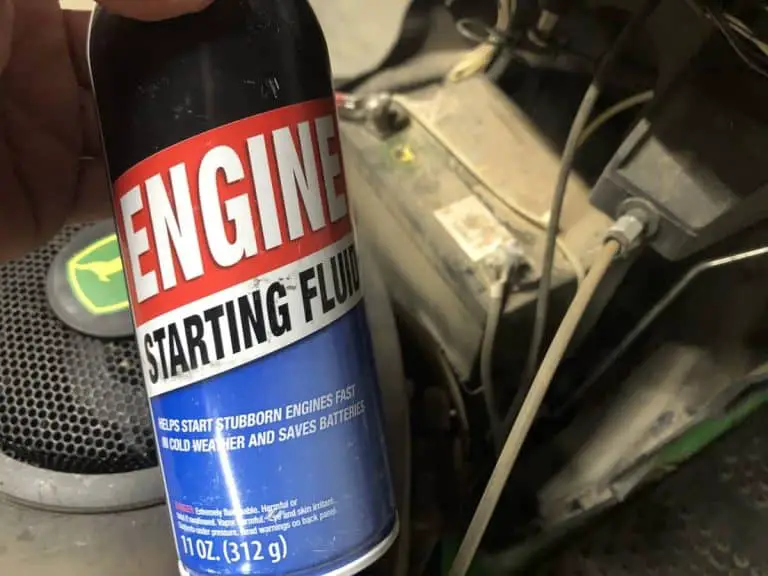

In 1854 in the UK, the Italian inventors Eugenio Barsanti and Felice Matteucci obtained the certification: "Obtaining Motive Power by the Explosion of Gases". In 1823, Samuel Brown patented the first internal combustion engine to be applied industrially.

In 1808, De Rivaz fitted his invention to a primitive working vehicle – "the world's first internal combustion powered automobile". In the same year, Swiss engineer François Isaac de Rivaz invented a hydrogen-based internal combustion engine and powered the engine by electric spark. This engine powered a boat on the Saône river in France.

In 1807, French engineers Nicéphore Niépce (who went on to invent photography) and Claude Niépce ran a prototype internal combustion engine, using controlled dust explosions, the Pyréolophore, which was granted a patent by Napoleon Bonaparte. In 1798, John Stevens built the first American internal combustion engine. Also in 1794, Robert Street patented an internal combustion engine, which was also the first to use liquid fuel, and built an engine around that time. In 1794 Thomas Mead patented a gas engine. In 1791, John Barber developed the gas turbine. Various scientists and engineers contributed to the development of internal combustion engines. Main article: History of the internal combustion engine Hydrogen, which is rarely used, can be obtained from either fossil fuels or renewable energy. Renewable fuels are commonly blended with fossil fuels. As early as 1900 the inventor of the diesel engine, Rudolf Diesel, was using peanut oil to run his engines. Renewable fuels like biodiesel are used in compression ignition (CI) engines and bioethanol or ETBE (ethyl tert-butyl ether) produced from bioethanol in spark ignition (SI) engines. ICEs are typically powered by hydrocarbon-based fuels like natural gas, gasoline, diesel fuel, or ethanol. While there are many stationary applications, most ICEs are used in mobile applications and are the primary power supply for vehicles such as cars, aircraft and boats. Working fluids for external combustion engines include air, hot water, pressurized water or even boiler-heated liquid sodium. In contrast, in external combustion engines, such as steam or Stirling engines, energy is delivered to a working fluid not consisting of, mixed with, or contaminated by combustion products. Firearms are also a form of internal combustion engine, though of a type so specialized that they are commonly treated as a separate category, along with weaponry such as mortars and anti-aircraft cannons. A second class of internal combustion engines use continuous combustion: gas turbines, jet engines and most rocket engines, each of which are internal combustion engines on the same principle as previously described. The term internal combustion engine usually refers to an engine in which combustion is intermittent, such as the more familiar two-stroke and four-stroke piston engines, along with variants, such as the six-stroke piston engine and the Wankel rotary engine. The first commercially successful internal combustion engine was created by Étienne Lenoir around 1860, and the first modern internal combustion engine, known as the Otto engine, was created in 1876 by Nicolaus Otto. This force moves the component over a distance, transforming chemical energy into kinetic energy which is used to propel, move or power whatever the engine is attached to. The force is typically applied to pistons ( piston engine), turbine blades ( gas turbine), a rotor (Wankel engine), or a nozzle ( jet engine). In an internal combustion engine, the expansion of the high- temperature and high- pressure gases produced by combustion applies direct force to some component of the engine. red: exhaust, blue: intake.Īn internal combustion engine ( ICE or IC engine) is a heat engine in which the combustion of a fuel occurs with an oxidizer (usually air) in a combustion chamber that is an integral part of the working fluid flow circuit.


 0 kommentar(er)
0 kommentar(er)
